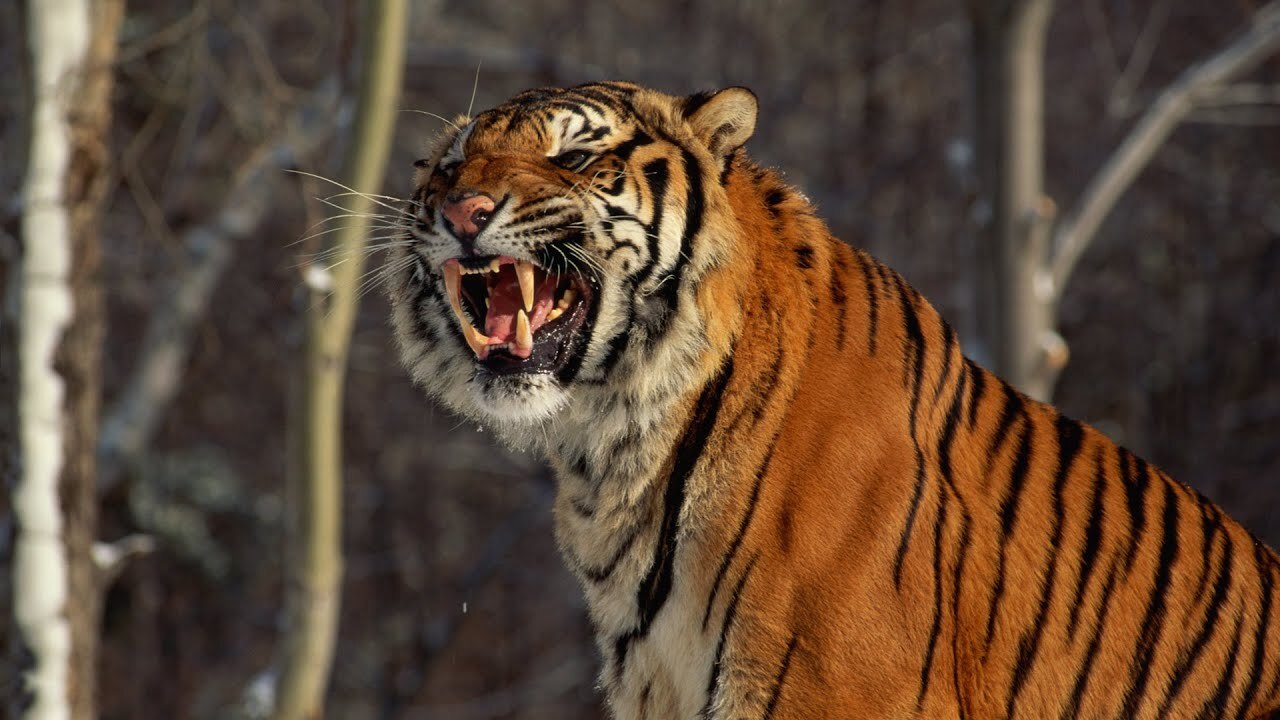Mysteries Of Siberian Wildlife

Have you ever wondered what makes Siberian wildlife so unique? This vast region, known for its harsh winters and remote landscapes, is home to some of the most fascinating creatures on Earth. From the elusive Siberian tiger to the hardy reindeer, Siberia's animals have adapted to survive in extreme conditions. These adaptations make them not only resilient but also incredibly interesting to study. Whether you're a nature enthusiast or just curious about the animal kingdom, learning about Siberia's wildlife offers a glimpse into a world where survival is a daily challenge. Ready to dive into the wonders of Siberian wildlife? Let's get started!
Siberian Tigers: The Majestic Predators
Siberian tigers, also known as Amur tigers, are the largest cats in the world. These powerful predators roam the forests of eastern Russia, and their presence is both awe-inspiring and crucial for the ecosystem.
Primorsky Krai: This region is a prime habitat for Siberian tigers. Dense forests and rugged terrain provide the perfect environment for these majestic creatures.
Sikhote-Alin Biosphere Reserve: A UNESCO World Heritage site, this reserve is home to a significant population of Siberian tigers. It's a protected area where tigers can thrive without human interference.
Land of the Leopard National Park: While primarily known for its leopard population, this park also shelters Siberian tigers. The diverse landscape supports a variety of wildlife, making it a vital conservation area.
Snow Leopards: The Ghosts of the Mountains
Snow leopards are elusive and rarely seen, earning them the nickname "ghosts of the mountains." These big cats inhabit the high-altitude regions of Siberia, blending seamlessly into their rocky surroundings.
Altai Mountains: This mountain range is a stronghold for snow leopards. The rugged terrain and sparse human population make it an ideal habitat for these solitary animals.
Saylyugem National Park: Located in the Altai Republic, this park is dedicated to the conservation of snow leopards. It offers a safe haven for these endangered cats and other high-altitude wildlife.
Sailyugemsky National Park: Another critical area for snow leopard conservation, this park focuses on protecting the natural habitat and promoting sustainable practices among local communities.
Brown Bears: The Giants of the Taiga
Brown bears are a common sight in Siberia's vast taiga forests. These massive creatures are omnivores, feeding on everything from berries to fish, and play a vital role in the ecosystem.
Kamchatka Peninsula: Known for its volcanic landscape, Kamchatka is also home to a large population of brown bears. The abundance of salmon in the rivers provides a rich food source for these bears.
Kronotsky Nature Reserve: This reserve on the Kamchatka Peninsula is a sanctuary for brown bears. The diverse landscape, including geysers and hot springs, supports a thriving bear population.
Lake Baikal: The world's deepest freshwater lake is surrounded by forests teeming with brown bears. The lake's ecosystem supports a variety of wildlife, making it a biodiversity hotspot.
Reindeer: The Nomads of the Tundra
Reindeer, or caribou, are iconic animals of the Siberian tundra. These hardy creatures migrate across vast distances, following the seasonal availability of food.
Yamal Peninsula: This remote region is home to large herds of reindeer. The indigenous Nenets people rely on reindeer herding for their livelihood, maintaining a traditional way of life.
Taimyr Peninsula: The northernmost part of mainland Siberia, Taimyr is a critical area for reindeer migration. The harsh climate and vast tundra provide a unique habitat for these animals.
Putorana Plateau: A UNESCO World Heritage site, this plateau is a key area for reindeer. The rugged landscape and isolated location make it a pristine environment for wildlife.
Siberian Cranes: The Elegant Migrants
Siberian cranes are among the most endangered bird species in the world. These elegant birds undertake long migrations between their breeding grounds in Siberia and wintering sites in China and India.
Kytalyk National Park: Located in the Sakha Republic, this park is a crucial breeding ground for Siberian cranes. The wetlands and tundra provide the perfect nesting habitat.
Dauria International Protected Area: A transboundary conservation area shared by Russia, Mongolia, and China, Dauria is an important stopover site for migrating Siberian cranes.
Poyang Lake: While not in Siberia, this lake in China is a vital wintering site for Siberian cranes. The connection between breeding and wintering grounds highlights the importance of international conservation efforts.
Embracing the Wonders of Siberian Wildlife
Siberia's wildlife offers a unique glimpse into nature's resilience and beauty. From the majestic Siberian tiger to the elusive snow leopard, these creatures thrive in one of the harshest environments on Earth. Exploring the vast taiga forests and tundra landscapes reveals a world teeming with life, often hidden from plain sight. The region's biodiversity is a testament to the adaptability of species in extreme conditions.
Understanding and appreciating this wildlife is crucial for conservation efforts. Protecting these habitats ensures the survival of many endangered species. Whether you're an avid wildlife enthusiast or just curious, Siberia's fauna provides endless fascination. So, next time you think of adventure, consider the untamed beauty of Siberia. It’s a reminder of how diverse and incredible our planet truly is.

